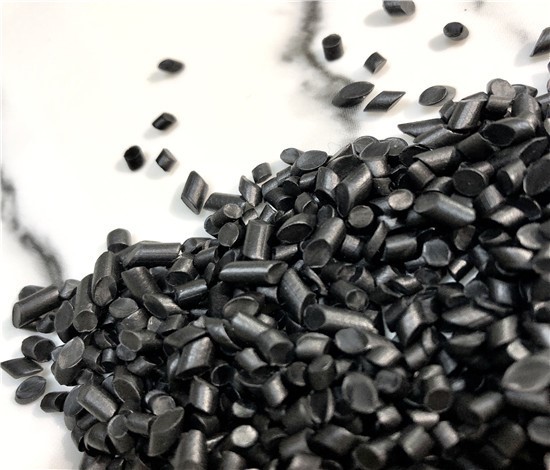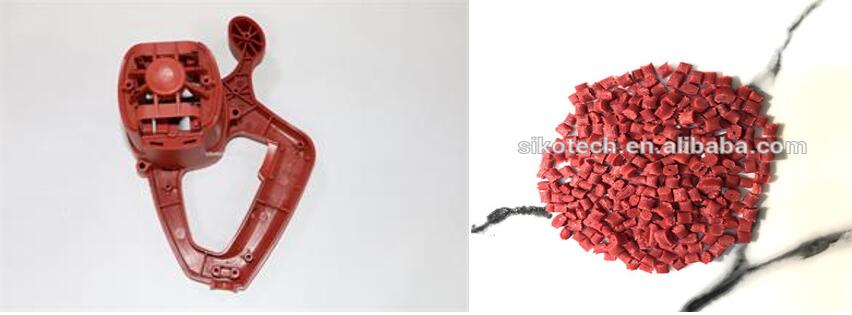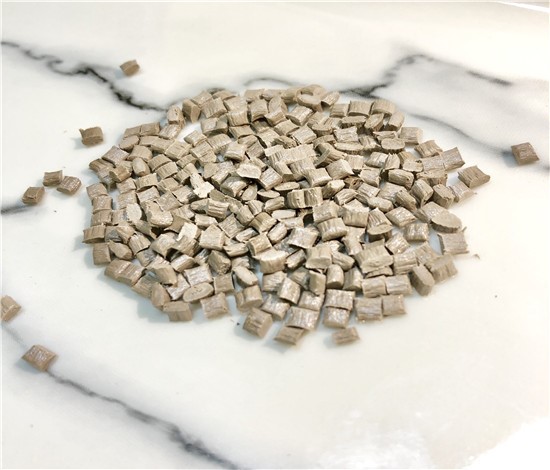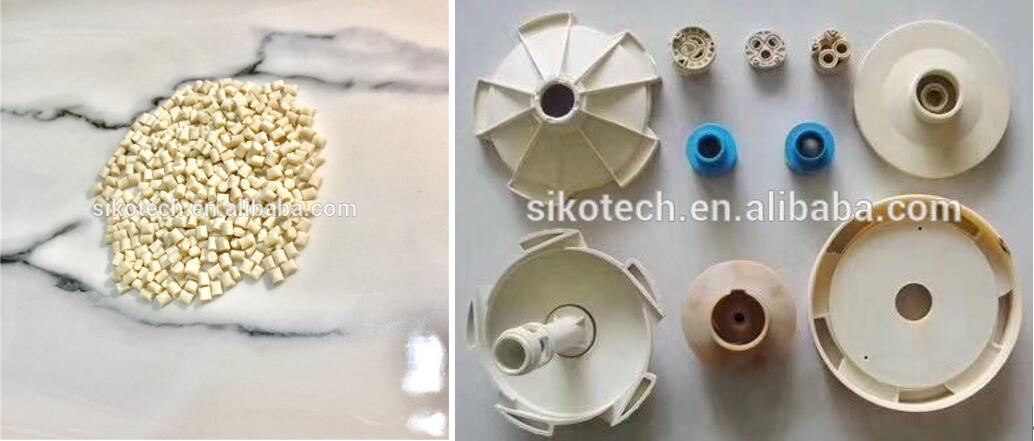1. What is plastic?
Plastics are polymeric compounds made from monomer as raw material through addition or condensation polymerization.
A polymer chain is photopolymer if it is polymerized from a single monomer. If there are multiple monomers in a polymer chain, the polymer is a copolymer. In other words, plastic is a polymer.
Plastics can be divided into thermoplastic and thermosetting plastics according to the state after being heated.
Thermosetting plastic is a plastic that has the properties of heating, curing and insoluble, not melting. This plastic can only be formed once.
Usually has very good electrical performance, and can withstand high operating temperature.
But its main disadvantage is that the processing speed is slow and the material recycling is difficult.
Some common thermosetting plastics include:
Phenol plastic (for pot handles);
Melamine (used in plastic laminates);
Epoxy resin (for adhesives);
Unsaturated polyester (for hull);
Vinyl lipids (used in automobile bodies);
Polyurethane (for soles and foams).
Thermoplastic is a type of plastic that is malleable at a certain temperature, solidifies after cooling, and can repeat the process.
Therefore, thermoplastics can be recycled.
These materials can usually be recycled up to seven times before their performance deteriorates.
 3. Plastic processing and forming methods
3. Plastic processing and forming methods
There are a variety of processing methods used to make plastics from particles into various finished products, the following are more commonly used:
Injection molding (the most common processing method);
Blow molding (making bottles and hollow products);
Extrusion molding (production of pipes, pipes, profiles, cables);
Blow film forming (making plastic bags);
Roll molding (manufacturing large hollow products, such as containers, buoys);
Vacuum forming (production of packaging, protection box)
 4. Properties and applications of common plastics
4. Properties and applications of common plastics
Plastics can be divided into general plastics, engineering plastics, special engineering plastics and so on.
General plastic: refers to the most widely used plastic in our life, the largest amount of plastic varieties mainly include: PE, PP, PVC, PS, ABS and so on.
Engineering plastics: plastics used as engineering materials and as substitutes for metal in the manufacture of machine parts, etc.
Engineering plastics have excellent comprehensive performance, high rigidity, creep, high mechanical strength, good heat resistance, good electrical insulation, and can be used in harsh chemical and physical environment for a long time.
At present, five common engineering plastics: PA(polyamide), POM(polyformaldehyde), PBT(polybutylene terephthalate), PC(polycarbonate) and PPO(polyphenyl ether) are widely used in various fields after modification.
Special engineering plastics: special engineering plastics refer to a kind of engineering plastics with high comprehensive performance, special performance and excellent performance, and long-term use temperature above 150℃. Mainly used in electronics, electrical, special industries and other high-tech fields.
There are polyphenylene sulfide (PPS), polyimide (PI), polyether ether ketene (PEEK), liquid crystal polymer (LCP), high temperature nylon (PPA), etc.
5. What is biodegradable plastic?
The plastics we commonly use are long-chain macromolecules that are highly polymerized and difficult to disassemble in the natural environment. Burning or landfill can cause more harm, so people look for degradable plastics to reduce environmental pressure.
Degradable plastics are mainly divided into photodegradable plastics and biodegradable plastics.
Photodegradable plastics: Under the action of ultraviolet light and heat, the polymer chain in the plastic structure is broken, so as to achieve the purpose of degradation.
Biodegradable plastics: Under natural conditions, microorganisms in nature break the long chains of polymer structures, and eventually the plastic fragments are digested and metabolized by microorganisms into water and carbon dioxide.
At present, degradable plastics with good commercialization include PLA, PBAT, etc
Post time: 12-11-21



